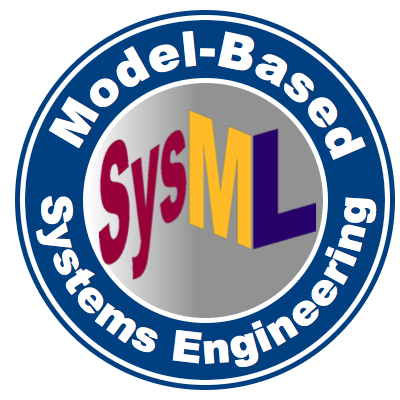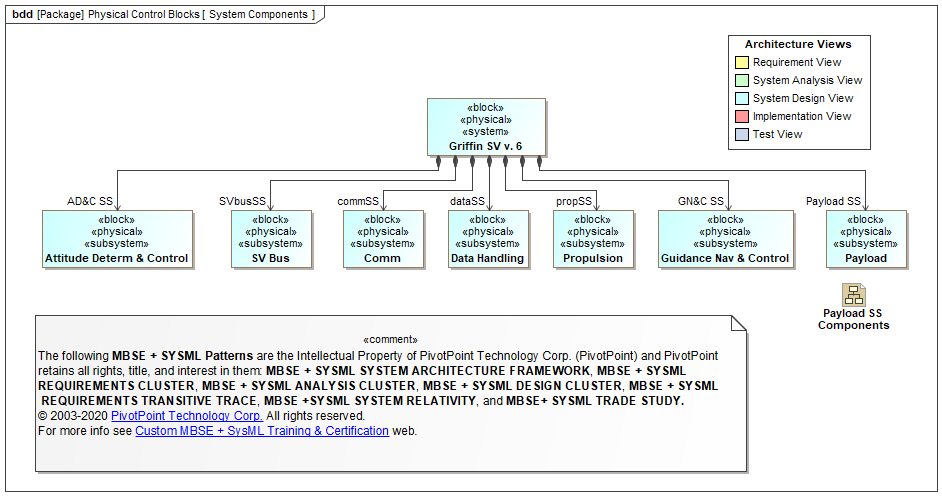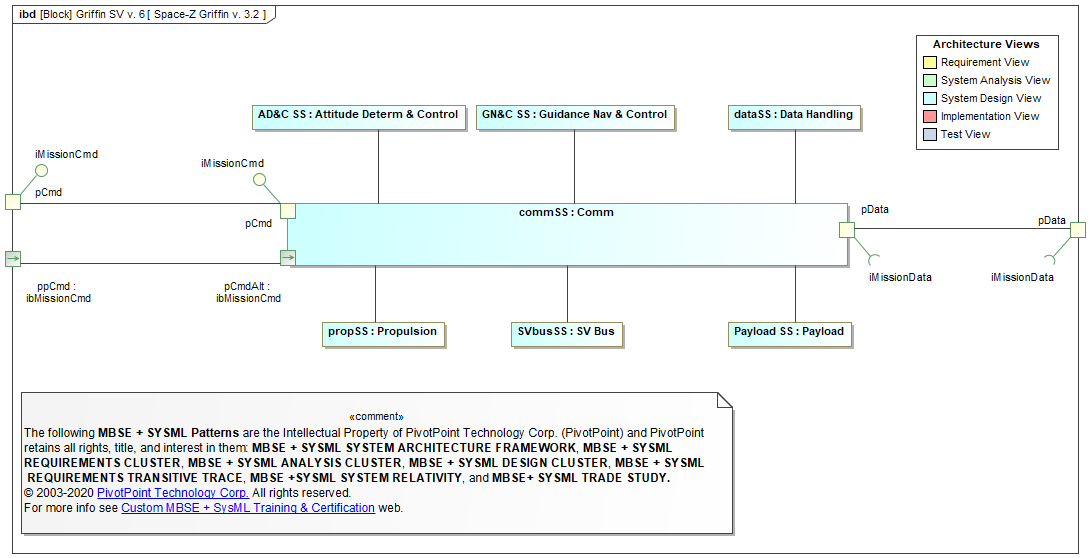SysML FAQ: What is the difference between a Block Definition Diagram and an Internal Block Diagram?
What is the difference between a Block Definition Diagram (BDD) and an Internal Block Diagram (IBD)?
Block Definition Diagrams (BDDs) and Internal Block Diagrams (IBDs) work in a complementary manner to recursively generate structures of arbitrary complexity during System Analysis & Design. This is necessary because the System-of-System Engineering problem is fractal in nature, where systems can be concurrently composed and decomposed: ... Systems-of-Systems-of-Systems, Systems-of-Systems, Systems, Subsystems, Sub-Subsystems, Sub-Sub-Subsystems ...
The manner in which BDDs and IBDs complement each other is sometimes referred to as the BDD-IBD Definition-Usage dichotomy. Compare and contrast: UML Specification-Realization and Type-Instance dichotomies.
- A BDD defines a Block’s Properties, including its Part Properties (strongly-owned Parts) and Reference Properties (shared Parts)
- IBD specifies Part Properties and Reference Properties usages or roles in the structural context of the Block that encapsulates them. Stated otherwise, Part Properties and Reference Properties in an IBD can have a different usages or roles depending upon how they are realized ("wired") in the IBD.
UML, BPMN, OMG SYSML and UPDM are trademarks of the Object Management Group.
TOGAF and ARCHIMATE are trademarks of The Open Group.
ENTERPRISE ARCHITECT is a trademark of Sparx Systems Pty Ltd. MAGICDRAW and CAMEO are trademarks of No Magic, Inc. RATIONAL RHAPSODY is a trademark of IBM.
All other trademarks are the property of their respective owners.
TOGAF and ARCHIMATE are trademarks of The Open Group.
ENTERPRISE ARCHITECT is a trademark of Sparx Systems Pty Ltd. MAGICDRAW and CAMEO are trademarks of No Magic, Inc. RATIONAL RHAPSODY is a trademark of IBM.
All other trademarks are the property of their respective owners.
© 2003-2024 PivotPoint Technology Corp. | Terms of Use | Privacy | Contact Us



